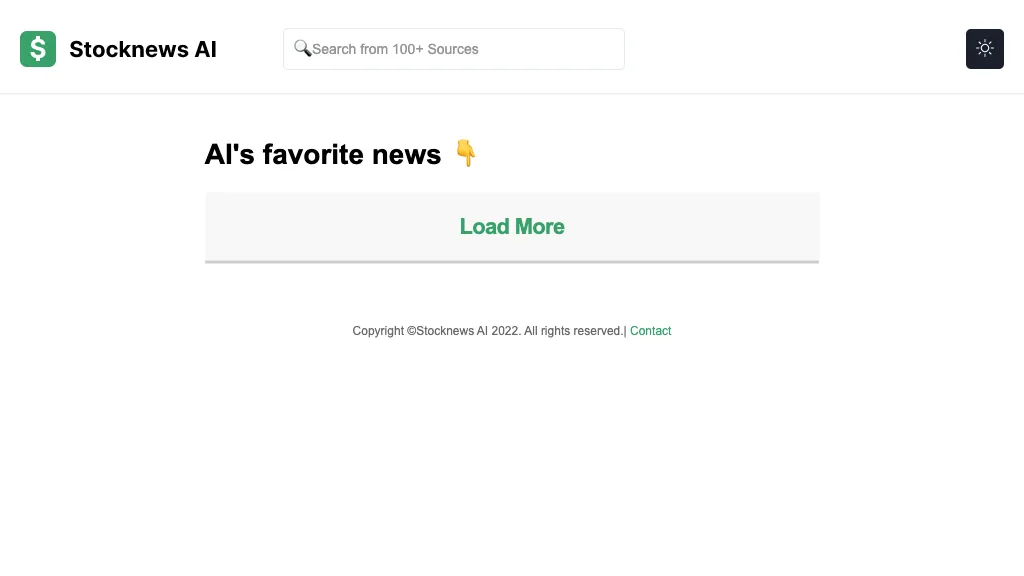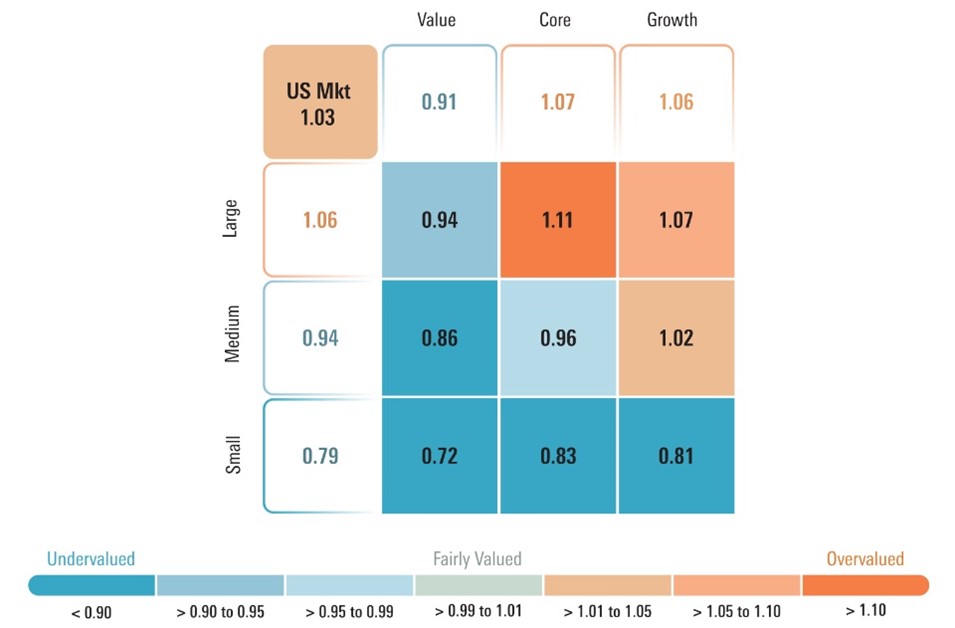20 Free Ideas For Choosing AI Stock Trading Platforms
Top 10 Tips To Evaluate The Interface For Users And User Experience Ai Stock Predicting/Analyzing Trading PlatformThe User Interface (UI), and the User Experience (UX) within AI trading platforms that analyze or predict the price of stocks play an important part in ensuring efficiency and satisfaction. An undesigned user interface could hinder the decision-making process even if the AI models behind the interface are robust. Below are the top ten suggestions for evaluating UX/UI.
1. Assess the ease of use simple, intuitiveness and speed
Navigation: Ensure that the platform is easy to use, with buttons and menus that are easy to understand and workflows that are easy to follow.
Learning curve - Evaluate how fast a user can learn the platform and comprehend the platform without a lot of training.
Consistency: Check the design patterns on all platforms for the sameness (e.g. buttons, colors and styles).
2. Check for Customizability
Dashboard customization - Check that dashboards are customizable by users using pertinent charts, metrics and data.
Layout flexibility is crucial It is important to be able to alter the arrangement and size of charts, widgets, and tables.
Themes and preference. Find out if there are dark/light settings or other visual preferences.
3. Visualize information using the Assess Tool
Chart quality - Ensure that the website has high-resolution interactive charts (e.g., candles and line charts) and includes zooming, panning, and other functions.
Visual clarity: Check if the data is clearly displayed and is labeled appropriately, legends, and tooltips.
Check that the visualisations are updated real-time in order to reflect any change in market.
4. Speed and Test Responsiveness
Speed of loading: Ensure that the platform is loaded quickly, even when handling large data sets or complicated calculations.
Performance in real-time Check that the platform can handle data feeds immediately without lags or delays.
Cross-device compatible: Verify that the platform runs seamlessly on every device, including desktop, mobile and tablet.
5. Examine Accessibility
Mobile app accessibility: Determine whether the platform offers a mobile application with full functionality to trade on-the-go.
Keyboard Shortcuts: Ensure that your platform allows keyboard shortcuts.
Accessibility features: Make sure that the platform meets accessibility standards (e.g. screen reader compatibility, high contrast modes).
6. Test Search and Filter functionality
Search function: Make sure that your platform permits users to quickly search for stocks, indexes, and other assets.
Advanced filters: Discover if there are any filters that you can apply to your results.
Saved searches: Check if the platform allows users to save frequently used searches or filters.
7. Check for alerts and notifications
Individually customizable alerts: Users are able to create alerts based on specific situations, such as price thresholds and spikes in volume and news events.
Delivery of notifications: See whether notifications can be sent via multiple channels (e.g. email, SMS and app notifications).
Timeliness - Check whether alerts are sent out promptly and accurately.
8. Evaluate Integration with Other Tools
Integrating brokers is essential for a smooth trade execution.
API access: Check whether the platform provides API access for users who are advanced to build customized workflows or tools.
Third-party Integrations: Verify the compatibility of your platform with the other software (e.g. Excel, Google Sheets and trading bots).
9. Assessment Help and Support Features
Onboarding Tutorials: Check whether your platform has tutorials or guides for novice users.
Help center. Check that your platform is equipped with a comprehensive help center.
Customer support: Find out whether the platform provides an efficient customer support (e.g. email, live chat, phone).
10. Test Overall User Experience
User feedback: Review and testimonials of research conducted to determine the general level of satisfaction with UI/UX.
Trial period: Take advantage of a demo free or trial to test the functionality of the platform.
Verify the platform's error handling.
Bonus Tips
Aesthetics. It is crucial to have a functional layout, but a visually appealing layout can improve the user experience.
Performance under stress - Test the platform's stability and responsiveness in market conditions with high volatility.
Forums and community: See if the platform has an active user community or forum for users to share tips and feedback.
These guidelines will allow you to examine the user interface and experience of AI trading platforms that forecast or analyze the prices of stocks. You can make sure they are efficient, aligned to your trading requirements and user-friendly. A great UI/UX will enhance the ability of you to make educated decisions, and to execute trades efficiently. Take a look at the recommended ai for trading for blog info including AI stock trading app, AI stock trading app, ai trading, AI stock, ai trading tools, ai for investment, AI stock, AI stock trading bot free, trading with ai, chatgpt copyright and more.

Top 10 Tips To Evaluate The Speed And Latency Of Ai Platform For Analyzing And Stock Predicting
The speed and the latency of a trading platform is a crucial factor to take into consideration, particularly for active traders as well as high-frequency investors and algorithmic traders. Milliseconds of delay could negatively impact profitability and trade execution. Here are the top ten suggestions for evaluating latency and speed on these platforms:
1. Data feeds that are real-time: How can you assess them
Speed of data delivery - Make sure that the platform will provide real-time information with minimum delay (e.g. the sub-millisecond delay).
Data source closeness: Determine if servers are located close to major exchanges.
Data compression: Find out if your platform utilizes efficient data compression techniques in order to accelerate data delivery.
2. Time to test trade execution
Order processing time: Measure how quickly the platform handles and executes trades after you have submitted an order.
Direct market access: Ensure whether the exchange allows direct orders to be delivered to the exchange.
Examine the execution reports to see if they include timestamps of order confirmation, fill, and submission.
3. Review Platform Response
User interface (UI) speed: Check the speed at which the UI of your platform responds to your inputs (e.g., clicking buttons or loading charts).
Chart updates: Make sure you check if charts and visualizations update in real-time and without delay.
Mobile app performance If you are you're using a mobile app, ensure it performs similarly to the desktop version.
4. Check for Low Latency Infrastructure
Servers' locations The platform must use high-speed, low-latency servers that are situated near major financial hubs or exchanges.
Find co-location options. These services allow you to host your algorithm near to the exchange.
High-speed networks: Verify that the platform is using fiber-optic high-speed networks or any other low-latency techniques.
5. Backtesting and testing the speed of simulations.
Test the platform's ability to process and analyze past data.
The latency on platforms must be minimal enough to permit real-time simulations of trades.
Parallel processing: Determine if the platform utilizes distributed computing or parallel processing to speed complex calculations.
6. Evaluation of Latency in API
API response time: Determine how fast the platform's API responds to requests (e.g. getting market data, placing orders).
Rate limits: Make sure you know whether API has reasonable rates limits in order to avoid delays during high-frequency trades.
WebSocket support: Determine if the platform uses WebSocket protocols for real-time, low-latency streaming of data.
7. Test Platform Stability using Load
Simulate scenarios of high-volume trading to test if the platform is stable and responsive.
Market volatility: Try out the platform at periods of high volatility to test whether it can manage rapid price shifts.
Check the platform's tools to stress-test your strategies in extreme circumstances.
8. Assess the connectivity and network of your choice
Internet speed needs. Make sure that your connection speed is sufficient to meet the recommended speed of the platform to ensure optimal performance.
Redundant connection: Check to find out if there are redundant connections available.
VPN latency. If you are using VPN, VPN be sure to check whether it creates significant latency.
9. Make sure you are using Speed Optimization features.
Pre-trade Analyses: Make sure that the platform has pre-trade analyis to optimize execution speed and order processing.
Smart order routing (SOR) Find out if the platform uses SOR to identify the fastest and most cost-effective execution sites.
Monitoring latency Ensure that the platform allows you to monitor and analyze your latency in real-time.
Benchmarks for User Feedback Review
User reviews: Read feedback from users to evaluate the platform's speed and performance.
Benchmarks by third-parties: Check for reviews and benchmarks from independent sources which compare the performance of the platform to those of its competitors.
Case studies: Check if a platform has case studies or testimonies that demonstrate the low-latency capabilities.
Bonus Tips
Trial period for free: Try the platform's speed and latency in real-world scenarios using a demo or free trial.
Customer support: Ensure the platform provides assistance for issues related to latency or optimization.
Hardware requirements: Determine whether the platform needs specific hardware (e.g. high-performance PCs) to operate at its maximum speed.
Use these guidelines to assess the speed and latency of AI stock Predicting/Analyzing platforms. Choose a platform that suits your trading needs and also minimizes the time it takes to complete transactions. A low latency is crucial for algorithmic and high-frequency traders, where even small delays can have a significant impact on profit. View the top rated inciteai.com AI stock app for website tips including ai copyright signals, ai share trading, how to use ai for copyright trading, investing with ai, chart ai trading, ai in stock market, best AI stocks, stocks ai, ai options trading, best AI stocks to buy now and more.
